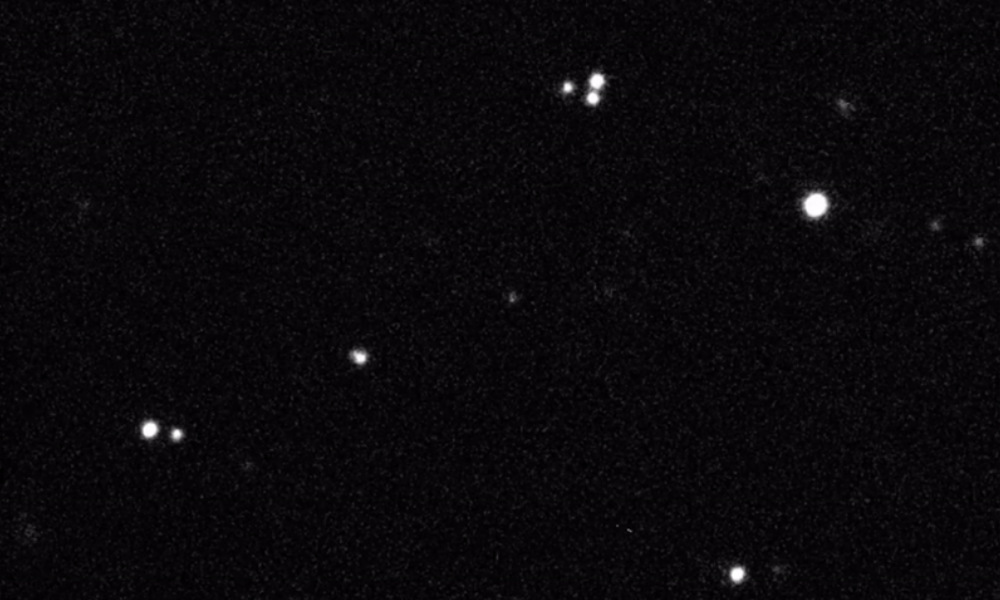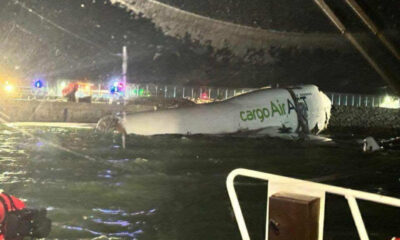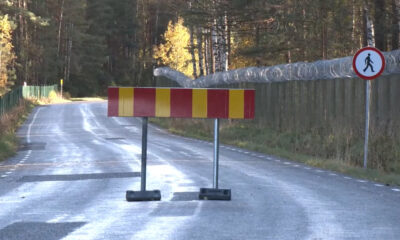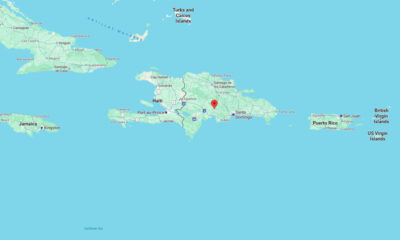World
James Webb telescope to investigate asteroid 2024 YR4

The James Webb Space Telescope will be used to investigate 2024 YR4, an asteroid with a low probability of impacting Earth in 2032, according to the European Space Agency.
Asteroid 2024 YR4 was discovered in late December and is estimated to be between 130 and 300 feet (40 to 90 meters) in diameter, according to the International Astronomical Center. As of Monday, astronomers estimate a 2.2% chance of the asteroid impacting Earth in 2032—equivalent to odds of 1 in 48.
The European Space Agency (ESA) has announced that the James Webb Telescope will be used to investigate the asteroid to better estimate its size and assess potential risks based on a more accurate understanding of its dimensions.
“It is very important that we improve our size estimate for 2024 YR4: the hazard represented by a 40 m asteroid is very different from that of a 90 m asteroid,” said the ESA. “Astronomers will use Webb’s MIRI instrument to get a much more precise estimate of the asteroid’s size.”
The findings will be used by NASA, ESA, and other organizations to “more confidently assess the hazard and determine any necessary response,” said the space agency.
The James Webb Space Telescope (JWST) will begin its first round of observations in early March, when the asteroid is at its brightest, followed by a second round in May. Astronomers will use these later observations to study how the temperature of 2024 YR4 changes as it moves farther from the Sun and to provide final measurements of the asteroid’s orbit until it becomes visible again in 2028.
Due to its size and greater-than-1% impact probability, 2024 YR4 is rated at Torino Scale level 3—the second-highest rating an asteroid has ever received on the scale. If it impacts Earth, blast damage could extend up to 31 miles (50 km) from the impact site, according to the International Asteroid Warning Network (IAWN).
A 0 on the Torino Scale indicates an object has a negligibly small chance of colliding with Earth or is too small to penetrate the atmosphere intact. A 10 signifies a certain collision with an object large enough to cause a global disaster, according to the NASA Ames Research Center.
Webb is the largest and most powerful telescope ever launched into space. It is equipped with high-resolution and high-sensitivity instruments, allowing it to observe objects too ancient, distant, or faint for the Hubble Space Telescope.
The telescope, a joint effort between NASA, ESA, and the Canadian Space Agency (CSA), was launched in late 2021 and reached its position in January 2022. Since then, it has helped astronomers discover some of the earliest and most massive galaxies, challenging existing models of galaxy formation.
JWST has also identified rapidly growing supermassive black holes in the early universe, observed “red monster” galaxies forming stars at an unprecedented rate, and detected complex organic molecules over 12 billion light-years away.

-

 World2 days ago
World2 days agoCargo plane plunges into sea at Hong Kong airport; 2 killed
-

 Business6 days ago
Business6 days agoYouTube restores service after widespread global outage
-

 Legal16 hours ago
Legal16 hours agoMan armed with AR-15 arrested after threats to ‘shoot up’ Atlanta airport
-

 Health2 days ago
Health2 days agoMexico reports new human case of H5 bird flu
-

 World7 days ago
World7 days agoCar bomb explodes near shopping mall in Ecuador’s largest city
-

 World4 days ago
World4 days agoEstonia permanently closes road through Russian territory
-

 World19 hours ago
World19 hours agoMagnitude 5.0 earthquake rattles Dominican Republic
-

 World5 days ago
World5 days agoU.S. Special Operations helicopters spotted near Venezuela




